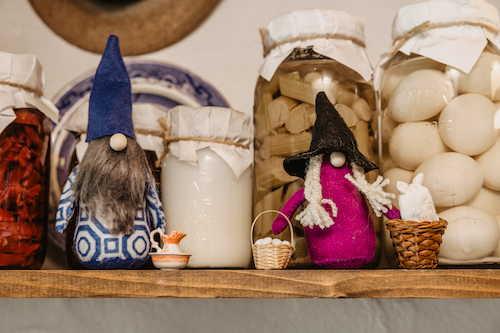In today’s world, magical visitors such as Father Christmas and the tooth fairy are now a popular part of many family traditions. However, in the past, the people of the North York Moors believed in a different kind of supernatural helper. Here, a household was very fortunate it if was in possession of a hob.
At the time, belief in fairy folk was typical among many of the ‘everyday’ folk of this region. Hobs, sometimes called hobgoblins, were fairy-like beings, usually known for their helpful nature. In other regions, they also go by the names hobgoblins, boggarts, or boggles.
Unlike elves, who were often thought to be mischievous or even wicked, hobs were frequently seen as benevolent spirits. They were believed to dwell in larger homes and farms across the North York Moors, as well as in caves like those at Runswick Bay. If treated well, they were often able to offer assistance. The Runswick hob, for example, was believed to cure whooping cough in children.
Hobs in Local Folklore
The North York Moors is rich with tales of hobs. Their presence is still reflected in place names across the region, including Hob Hole, Hob’s Beck and Boggle Hole. In the 1820s, a local man George Calvert set about collecting examples of the region’s folklore. He recognised the importance of preserving these stories before they faded from memory, compiling a comprehensive list of hobs and their associated locations in what became known as the ‘Calvert Manuscript’.
Hob o’Trush
T’Hob o’ Hobgarth
Cross Hob of Lastingham
Farndale Hob o’ High Farndale
Elphi of Low Farndale
Scugdale Hob
Hodge Hob o’ Bransdale
Wood Howe Hob
T’Hob o’ Brackken Howe
T’Hob o’ Stummer Howe
T’Hob o’ Tarn Hole
Hob o’ Ankness
Crookelby Hob
Hob o’ Hasty Bank
T’Hob o’ Chop Yate
Blea Hob
T’Hob o’ Broxa
T’Hob o’ Pye Rigg
Goathland Hob of Howlmoor
T’Hob o’ Egton High Moor
Lealholme Hob
As well as recording hobs, the manuscript provides a rare glimpse into a range of local beliefs and traditions, recording a number of local folktales and stories and names of women accused of witchcraft.
How to keep a hob happy
Those lucky enough to have a resident hob had to follow certain customs to ensure the creature remained helpful.
Hobs were said to appreciate small offerings of food. However, a farmer’s wife could expect to feel their wrath should she swap their full-fat cream for skimmed milk!
It was strictly forbidden to spy on a hob and they also disliked being given clothing. Doing so would offend them and often cause them to leave, never to return.

The disappearance of the hobs
With the passage of time, belief in hobs waned, particularly as industrialisation changed rural life. As farming methods evolved and superstitions faded, the stories of these household spirits became folklore – though we try to keep it alive at Ryedale Folk Museum.
We took part in an episode of BBC Radio 4’s series Mythical Creatures exploring these household sprites. You can hear that episode and learn more about hobs and the story of Elphi the Farndale Hob over on BBC Sounds.
